Microbiome research is booming right now, with more and more evidence that our personal health and environment are shaped and influenced by the microbes we harbor and encounter. One area of study I find particularly interesting is how the microbiome we acquire at birth affects our long-term health.
A flood of new findings have emerged related to infant microbiome research, leaving parents like me scratching their heads about whether the secrets to our children’s future health may exist in the seemingly endless stream of dirty diapers we change.
The human microbiome evolves and develops in utero and then during and after delivery is colonized by bacteria encountered during exposure to the external environment. The initial composition of microbes an infant is populated with influences their lifelong microbiome signature and can be influenced by many factors along the way, including the microbiome community of the mother, use of antibiotics or other antibacterial substances, breastfeeding, C-section birth. These variables have been correlated with disruption of the infant microbiome and associated with differences in cognitive development and the development of disease, such as asthma and allergies.
In general, these correlations are discovered by taking a fecal sample from an infant and analyzing the DNA sequences of the bacteria present. The microbiome composition of the individual is then compared against different individual characteristics (such as presence or absence of a disease) at the time of the sample and/or at later points in time. Finally researchers look for statistically significant patterns among individuals with similar characteristics or microbiome communities. This type of study can reveal associations between the microbiome and individual traits, but further experiments are needed to show causation.
Continue reading “Predicting the Future with Dirty Diapers” Like this:
Like Loading...

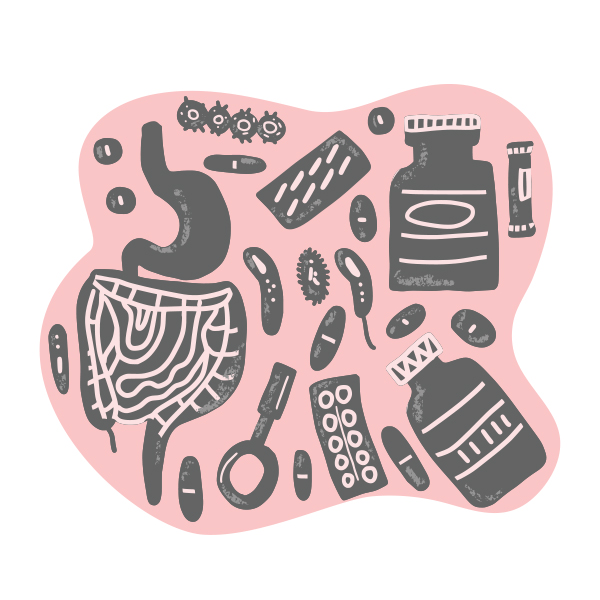
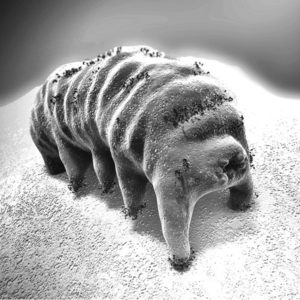
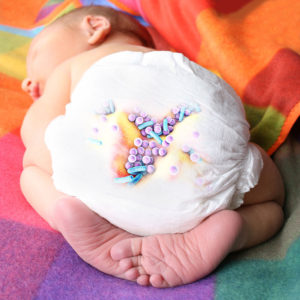
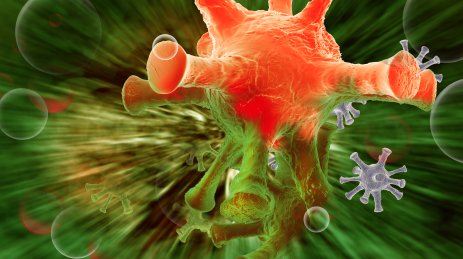 Microorganisms; they are the most abundant form of life. They are all around us, silent, unseen and undetected. The number of ‘species’ of archaea and bacteria climbs every year and is predicted to rise well past one million (1). Despite their abundance, we know very little about all but a small fraction of these diverse cellular life forms because we are unable to cultivate most in a laboratory setting. In fact, 88% of all our microbial isolates belong to just four bacterial phyla (Proteobacteria, Firmicutes, Actinobacteria and Bacterioidetes; 2). The remaining branches of the microbial phylogenetic tree range from underrepresented to virtually unknown and are collectively referred to as “microbial dark matter”.
Microorganisms; they are the most abundant form of life. They are all around us, silent, unseen and undetected. The number of ‘species’ of archaea and bacteria climbs every year and is predicted to rise well past one million (1). Despite their abundance, we know very little about all but a small fraction of these diverse cellular life forms because we are unable to cultivate most in a laboratory setting. In fact, 88% of all our microbial isolates belong to just four bacterial phyla (Proteobacteria, Firmicutes, Actinobacteria and Bacterioidetes; 2). The remaining branches of the microbial phylogenetic tree range from underrepresented to virtually unknown and are collectively referred to as “microbial dark matter”.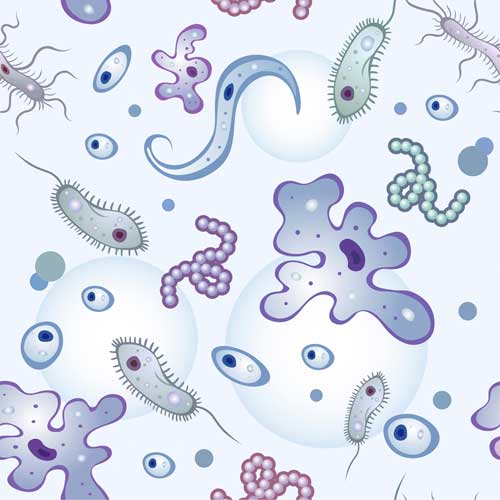

 Bacterial exotoxins are scary things. The names of the big three: Tetanus, Anthrax and Botulinum, are sufficient to evoke fear and conjure up images of agony, paralysis, mass hysteria, and permanently frozen Hollywood faces. The worst toxin stories are hard to forget. I can still remember the gruesome textbook case studies that accompanied my bacteriology college lectures. There were the home-canning-gone-horribly-awry botulism stories, the historical examples of agonizing tetanus poisonings, and the less lethal but still nasty cases of fast-acting staph toxins delivered to unsuspecting airline passengers in re-heated meals (avoid the ham sandwiches!). It’s all coming flooding back to me.
Bacterial exotoxins are scary things. The names of the big three: Tetanus, Anthrax and Botulinum, are sufficient to evoke fear and conjure up images of agony, paralysis, mass hysteria, and permanently frozen Hollywood faces. The worst toxin stories are hard to forget. I can still remember the gruesome textbook case studies that accompanied my bacteriology college lectures. There were the home-canning-gone-horribly-awry botulism stories, the historical examples of agonizing tetanus poisonings, and the less lethal but still nasty cases of fast-acting staph toxins delivered to unsuspecting airline passengers in re-heated meals (avoid the ham sandwiches!). It’s all coming flooding back to me.